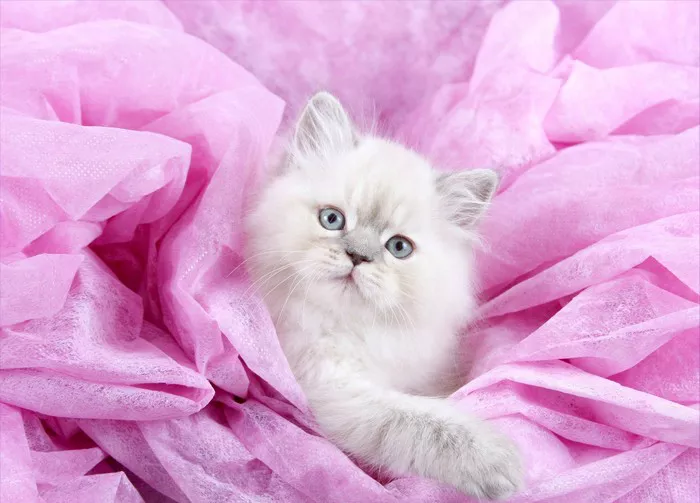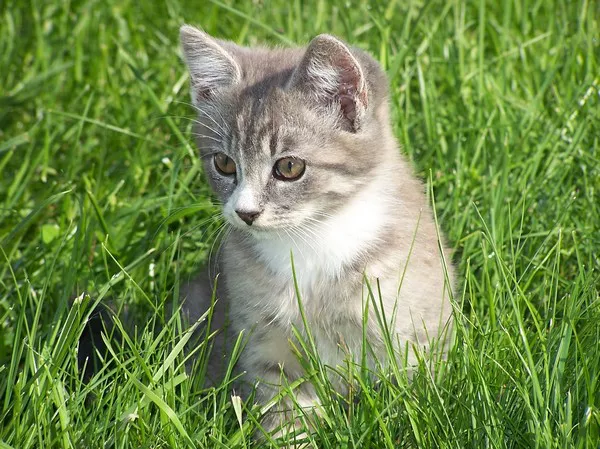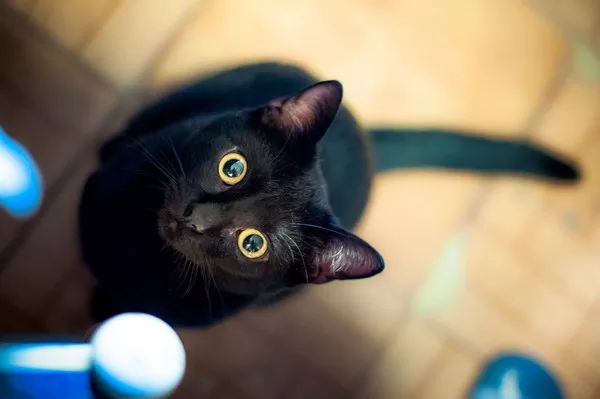Welcoming a litter of kittens into your home is an exciting and heartwarming experience. As these tiny bundles of fur begin to explore their surroundings, many pet owners eagerly anticipate the moment they can start holding and bonding with these adorable creatures. However, knowing the optimal timeframe for handling kittens is essential to ensure their health, development, and overall well-being. In this comprehensive guide, we delve into the intricacies of kitten care, exploring when it is appropriate to start holding these furry companions and the best practices for fostering a strong bond.
Understanding Kitten Development: Milestones and Maturation
Before delving into the specifics of when to start holding kittens, it’s crucial to understand the stages of feline development. Like human infants, kittens progress through various milestones as they grow and mature. These milestones can provide valuable insights into when kittens are ready for socialization and interaction with humans.
Neonatal Stage (0-2 Weeks): During the neonatal stage, kittens are entirely dependent on their mother for nourishment and care. Their eyes and ears are closed, and they spend the majority of their time sleeping and nursing. At this early stage, handling should be minimal to avoid causing unnecessary stress to the mother and her litter.
Transitional Stage (2-4 Weeks): As kittens enter the transitional stage, their eyes begin to open, and they become more aware of their surroundings. They may start to crawl and explore their environment, albeit clumsily. While still heavily reliant on their mother for warmth and nutrition, kittens in this stage may begin to show signs of increased curiosity and mobility.
Socialization Stage (4-14 Weeks): The socialization stage marks a critical period in a kitten’s development. During this time, kittens become more adventurous and playful, exhibiting a strong desire to interact with their littermates and humans alike. They become more receptive to new experiences and stimuli, laying the groundwork for positive socialization and bonding.
Juvenile Stage (14 Weeks and Beyond): By the juvenile stage, kittens have transitioned into adolescence, displaying increased independence and confidence. They continue to refine their social skills and may exhibit bursts of energy and curiosity. While still playful and affectionate, juvenile kittens may require ongoing guidance and supervision as they navigate their surroundings.
Determining the Right Time: Factors to Consider
When deciding when to start holding kittens, several factors should be taken into consideration to ensure a positive and stress-free experience for both the kittens and their caretakers.
Health and Developmental Status: The health and developmental status of the kittens play a crucial role in determining when they are ready for handling. Kittens should be at least four weeks old before they are regularly handled to ensure that they have reached the appropriate developmental milestones, such as the opening of their eyes and ears and the ability to walk steadily.
Socialization and Bonding: Early socialization is essential for fostering positive relationships between kittens and humans. Introducing gentle handling and interaction at an appropriate age can help kittens feel comfortable and secure around people, laying the foundation for strong bonds and positive behavior in adulthood.
Mother’s Influence: The mother cat‘s behavior and guidance also influence when kittens can start being held. Observing the mother’s interactions with her litter can provide valuable insights into the kittens’ readiness for handling. If the mother is relaxed and accepting of human presence, it may indicate that the kittens are ready for gentle handling.
Individual Temperament: Each kitten has its own unique temperament and personality traits. Some kittens may be naturally more outgoing and sociable, while others may be more reserved or cautious. It’s essential to consider each kitten’s temperament when determining the appropriate time to start holding them, respecting their individual comfort levels and boundaries.
Best Practices for Handling Kittens: Tips for Success
Once you’ve determined that the kittens are ready for handling, it’s essential to approach the interaction with care and sensitivity. By following these best practices, you can ensure a positive and enriching experience for both you and the kittens.
Start Slowly: When introducing handling to kittens, start slowly and gradually increase the duration and intensity of interactions. Begin by gently petting and stroking the kittens while they are in a comfortable and familiar environment, such as their nesting area. As they become more accustomed to human touch, you can gradually introduce lifting and holding them for short periods.
Use Gentle Touch: Handle kittens with care and gentleness, using soft and slow movements to avoid startling or distressing them. Support their bodies securely, making sure to cradle their heads and hindquarters to provide stability and comfort. Avoid gripping or restraining them tightly, as this can cause discomfort and anxiety.
Monitor Body Language: Pay close attention to the kittens’ body language and vocalizations during handling sessions. Signs of stress or discomfort may include flattened ears, hissing, growling, or attempts to escape. If a kitten exhibits signs of distress, gently release them and allow them to retreat to a safe space. Respect their boundaries and try again later when they are feeling more relaxed.
Encourage Positive Experiences: Make handling sessions a positive and enjoyable experience for the kittens by offering treats, praise, and gentle encouragement. Use soft, soothing tones and avoid sudden movements or loud noises that may startle them. By associating handling with positive experiences, you can help kittens develop trust and confidence in their interactions with humans.
Conclusion: Building Bonds that Last
Knowing when to start holding kittens is a crucial aspect of responsible kitten care. By understanding the stages of kitten development, considering individual factors, and following best practices for handling, you can foster strong bonds and positive relationships with your feline companions. Whether you’re a seasoned cat owner or welcoming your first litter of kittens, the joy of nurturing and bonding with these precious creatures is a rewarding experience that enriches both their lives and yours.
























